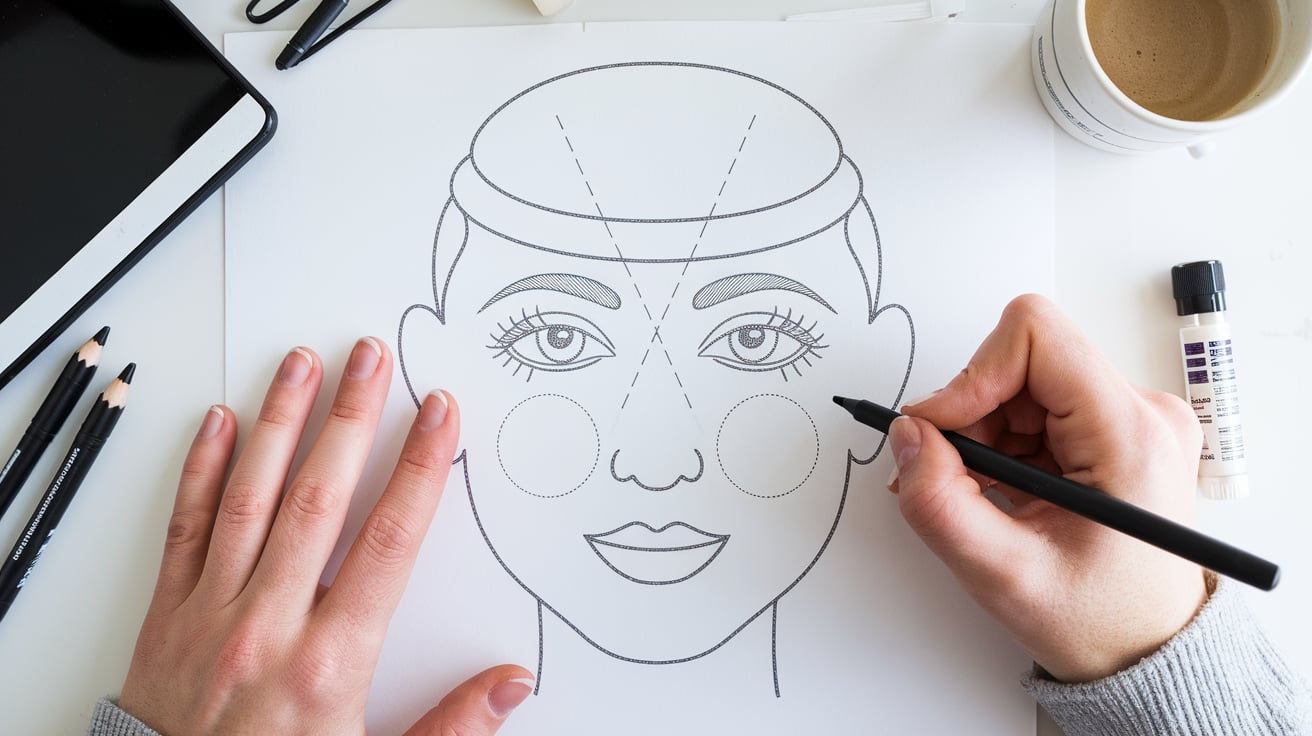Drawing is a beautiful way to express yourself and communicate your ideas visually. Whether you’re a beginner or looking to refine your skills, knowing how to draw can open up a world of creativity. This article will provide practical tips and techniques to help you improve your drawing skills and inspire you to keep you motivated.
Why Learn How to Draw?
Learning how to draw has numerous benefits, not just for artists. Here are a few reasons why you might want to pick up a pencil and start sketching:
- Self-Expression: Drawing is a form of self-expression. It allows you to convey emotions and ideas that words might not capture.
- Improved Observation: When you draw, you pay closer attention to the world. This enhances your observational skills, making you more aware of details.
- Stress Relief: Drawing can be a great way to relax and de-stress. It offers a break from daily routines and distractions, allowing you to focus on creativity.
- Cognitive Development: Drawing can help with memory retention, focus, and problem-solving techniques.
Getting Started: Basic Materials
Before diving into how to draw, it’s essential to gather your materials. Here’s what you’ll need:
- Pencils: A range of pencils (from hard to soft) will help you create different shades and effects. Beginners might begin by using an ordinary HB pencil.
- Paper: Choose a sketchbook or drawing paper that can handle various media. A heavier paper is better for shading and blending.
- Erasers: An excellent rubber is essential for fixing errors. To achieve various effects, have a kneaded and rubber on hand.
- Sharpeners: Keep your pencils sharp to achieve precise lines.
How to Draw: Step-by-Step Techniques
1. Start with Basic Shapes
One of the best ways to learn how to draw is to break down complex subjects into basic shapes. For example, if you want to draw a human figure, start with ovals for the head and body and rectangles for the limbs. This method streamlines the procedure and lets you concentrate on quantities.
2. Practice Sketching from Life
Observational drawing helps you understand shapes, shadows, and perspective. Set up a still-life scene with objects like fruits or simple household items. Spend time sketching them from different angles to improve your skills.
3. Experiment with Shading
Shading adds depth and dimension to your drawings. Learn the techniques of hatching (using parallel lines), cross-hatching (intersecting lines), and stippling (using dots). Start with a simple object and practice applying light and shadow to create a three-dimensional effect.
4. Study Anatomy and Proportions
Understanding anatomy and proportions is essential if you’re interested in drawing people or animals. Study anatomy books or online resources to learn about the structure of the human body or animal forms. Practice drawing different poses and expressions to capture movement and emotion.
5. Explore Different Styles
Once you feel comfortable with the basics, don’t hesitate to explore various drawing styles. Try your hand at realism, cartooning, or abstract art. This experimentation will help you discover your unique voice as an artist.
How to Draw: Practicing Regularly
Consistency is vital when learning to draw. Make time for practice every day or every week. Even short sessions can be beneficial. Consider keeping a sketchbook where you can doodle, practice techniques, or develop ideas. The more you draw, the better you’ll become.
Tips for Staying Motivated
- Set Goals: Establish specific drawing goals, such as completing several sketches each week.
- Join a Community: Connecting with other artists can provide encouragement and constructive feedback. Join local art classes or online forums.
- Examine the works of artists: you respect them by studying other artists. Examine their methods and apply some of their stylistic features to your work.
How to Draw: Online Resources and Tutorials
The internet offers a wealth of resources for learning how to draw.Here are a few categories of resources you may look into:
- Video Tutorials: Platforms like YouTube feature countless drawing tutorials to guide you through specific techniques or projects.
- Online Courses: Websites like Skillshare or Udemy offer comprehensive drawing courses that cover various topics, from basics to advanced techniques.
- Social Media: Follow artists on Instagram or Pinterest for inspiration and tips. Many artists share their processes and offer mini-tutorials.
Common Mistakes and How to Avoid Them
As you learn how to draw, you might encounter some common challenges. Here’s how to overcome them:
- Rushing the Process: Take your time! Good art often requires patience. Don’t rush through your sketches.
- Being Too Critical: It’s easy to get frustrated if your drawings don’t meet your expectations. Remember, every artist has their journey yourself permission to make errors and grow from them
- Neglecting Basics: Mastering the basics is crucial. Make sure you spend enough time practicing fundamental skills before moving on to more complex subjects.
Conclusion: Embrace Your Creative Journey
Learning how to draw is an exciting and fulfilling journey. You can improve your skills and discover your artistic voice with practice, patience, and the right resources. Remember that every artist starts as a beginner, so don’t be discouraged by setbacks. Enjoy the process, and let your creativity shine through every pencil stroke. Whether drawing for fun or considering an art career, the important thing is to keep creating. So gather your supplies and begin sketching right now!
